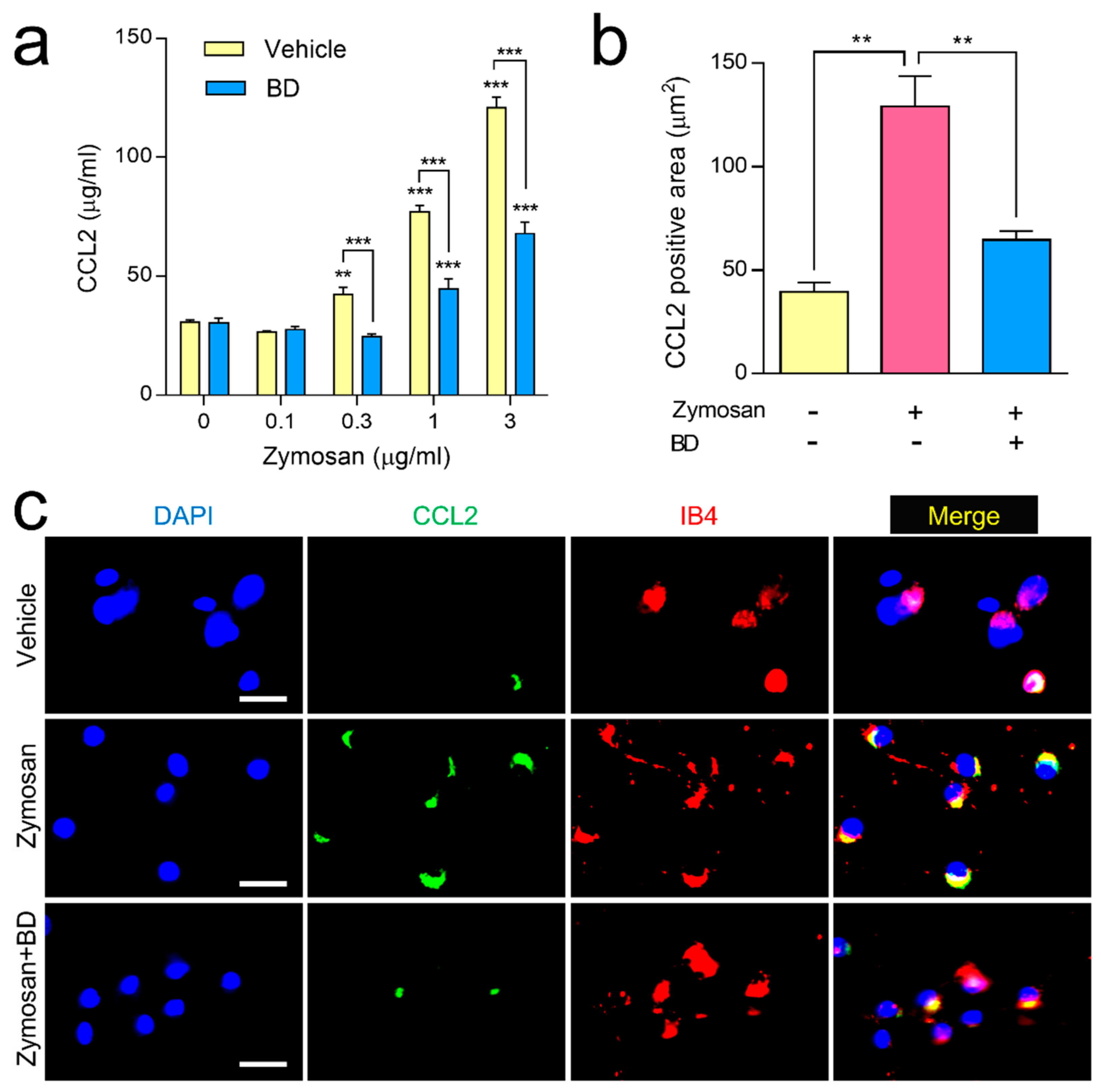Regulation of MMP-3 expression and secretion by the chemokine eotaxin-1 in human chondrocytes, Journal of Biomedical Science
Por um escritor misterioso
Descrição
Background Osteoarthritis (OA) is characterized by the degradation of articular cartilage, marked by the breakdown of matrix proteins. Studies demonstrated the involvement of chemokines in this process, and some may potentially serve as diagnostic markers and therapeutic targets; however, the underlying signal transductions are not well understood. Methods We investigated the effects of the CC chemokine eotaxin-1 (CCL11) on the matrix metalloproteinase (MMP) expression and secretion in the human chondrocyte cell line SW1353 and primary chondrocytes. Results Eotaxin-1 significantly induced MMP-3 mRNA expression in a dose-dependent manner. Inhibitors of extracellular signal-regulated kinase (ERK) and p38 kinase were able to repress eotaxin-1-induced MMP-3 expression. On the contrary, Rp-adenosine-3',5'-cyclic monophosphorothioate (Rp-cAMPs), a competitive cAMP antagonist for cAMP receptors, and H-89, a protein kinase A (PKA) inhibitor, markedly enhanced eotaxin-1-induced MMP-3 expression. These results suggest that MMP-3 expression is specifically mediated by the G protein-coupled eotaxin-1 receptor activities. Interestingly, little amount of MMP-3 protein was detected in the cell lysates of eotaxin-1-treated SW1353 cells, and most of MMP-3 protein was in the culture media. Furthermore we found that the eotaxin-1-dependent MMP-3 protein secretion was regulated by phospholipase C (PLC)-protein kinase C (PKC) cascade and c-Jun N-terminal kinase (JNK)/mitogen-activated protein (MAP) kinase pathways. These data indicate a specific regulation of MMP-3 secretion also by eotaxin-1 receptor activities. Conclusions Eotaxin-1 not only induces MMP-3 gene expression but also promotes MMP-3 protein secretion through G protein-coupled eotaxin-1 receptor activities. Chemokines, such as eotaxin-1, could be a potential candidate in the diagnosis and treatment of arthritis.

A Preliminary Study of Combined Detection of COMP, TIMP-1, and MMP-3 in Synovial Fluid: Potential Indicators of Osteoarthritis Progression - Jana Plsikova Matejova, Timea Spakova, Denisa Harvanova, Marek Lacko, Vladimir Filip, Rastislav

Potential roles of cytokines and chemokines in human intervertebral disc degeneration: interleukin-1 is a master regulator of catabolic processes - ScienceDirect
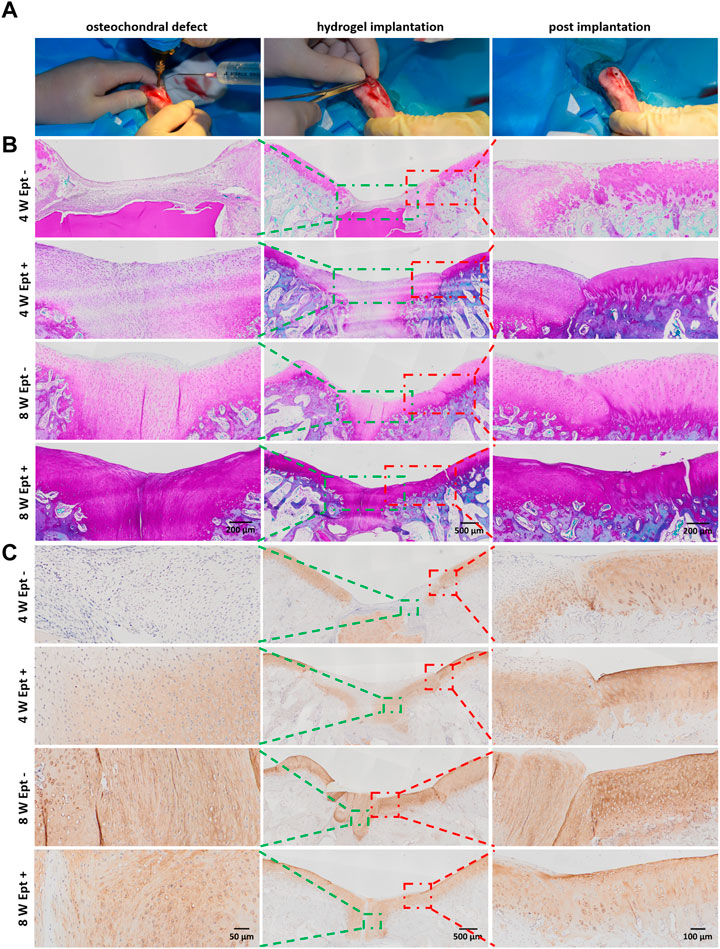
Frontiers Etanercept embedded silk fibroin/pullulan hydrogel enhance cartilage repair in bone marrow stimulation

Role of chemokine systems in cancer and inflammatory diseases - Li - 2022 - MedComm - Wiley Online Library

Chemokines in Oral Inflammatory Diseases: Apical Periodontitis and Periodontal Disease - T.A. Silva, G.P. Garlet, S.Y. Fukada, J.S. Silva, F.Q. Cunha, 2007

Interleukin‐17 regulates matrix metalloproteinase activity in human pulmonary tuberculosis - Singh - 2018 - The Journal of Pathology - Wiley Online Library
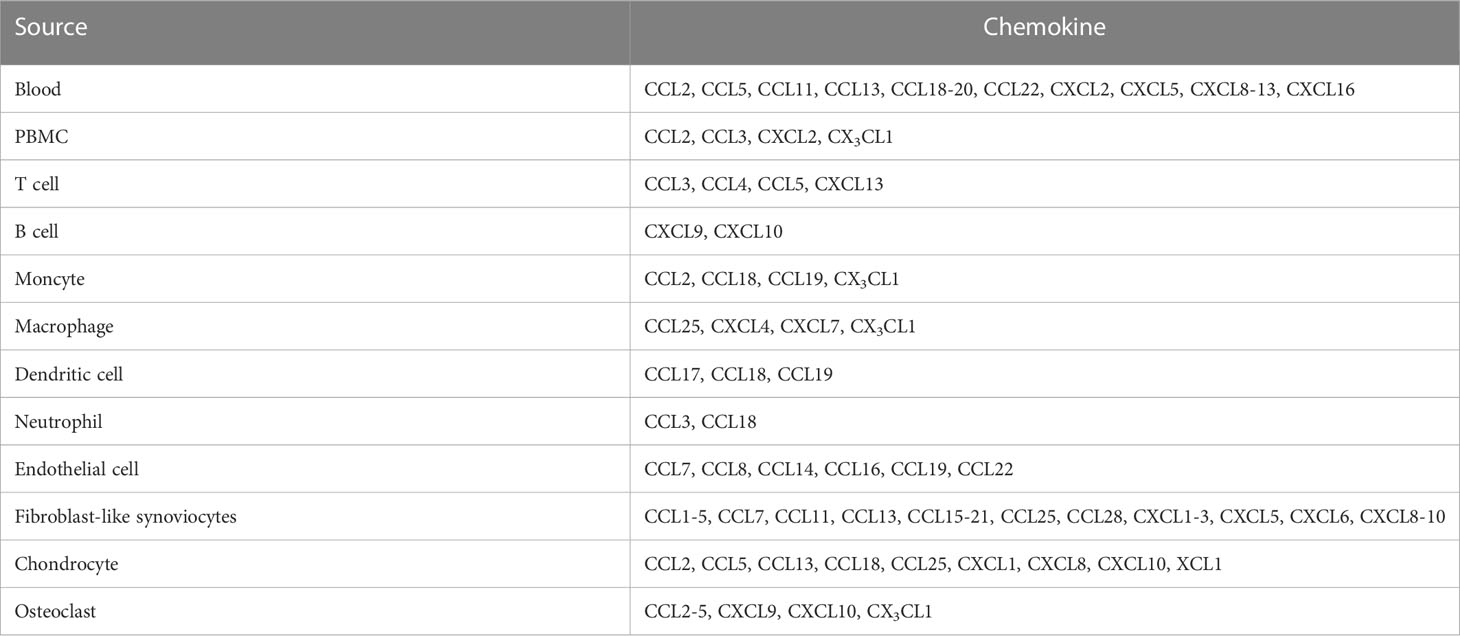
Frontiers Chemokines and chemokine receptors as promising targets in rheumatoid arthritis

Matrix Metalloproteinases in Lung: Multiple, Multifarious, and Multifaceted

Synovial Fluid Eotaxin-1 Levels May Reflect Disease Progression in Primary Knee Osteoarthritis Among Elderly Han Chinese: A Cross-Sectional Study - Bei Li, Yi-Li Zhang, Shou-Yi Yu, 2019
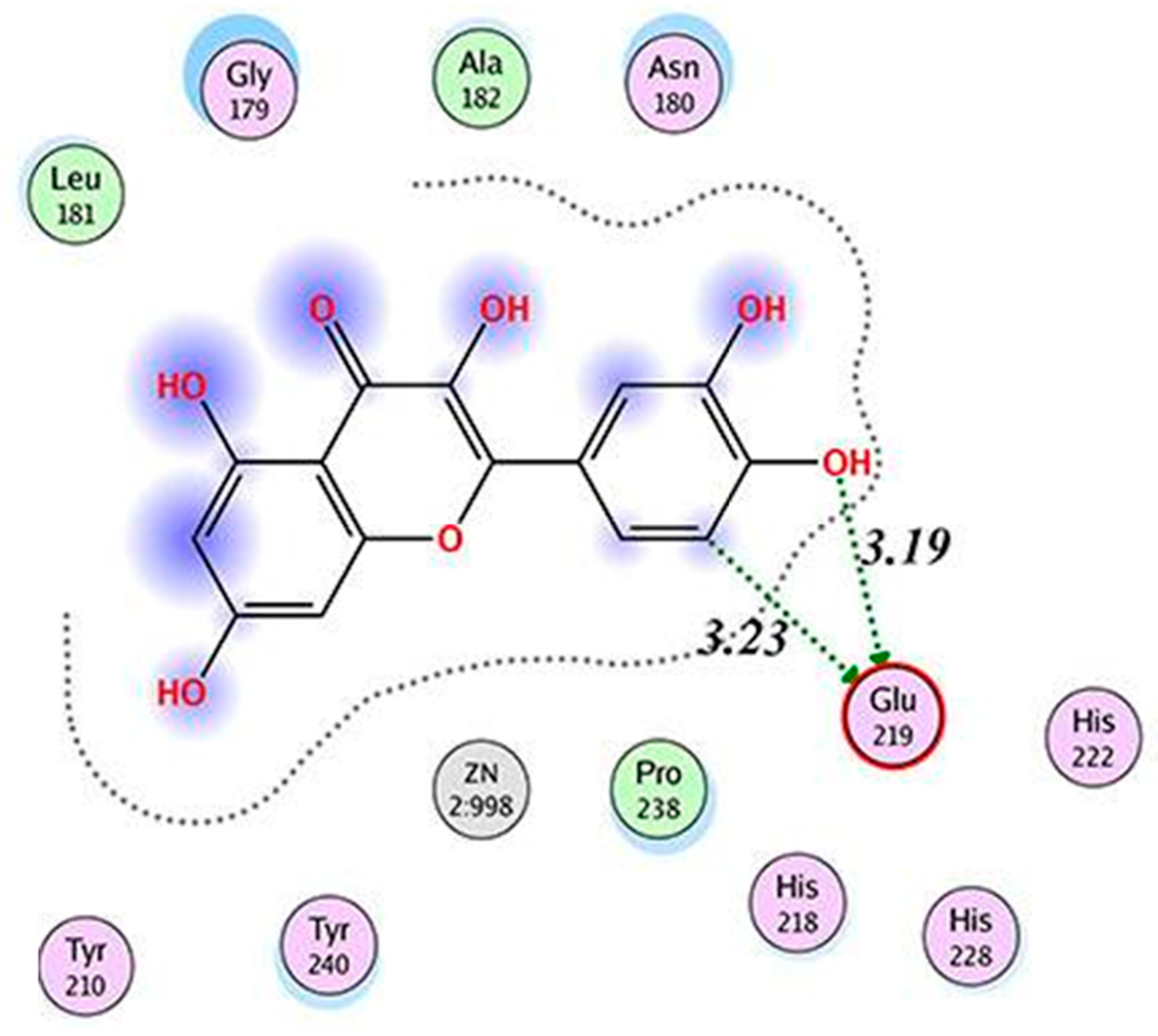
Molecules, Free Full-Text
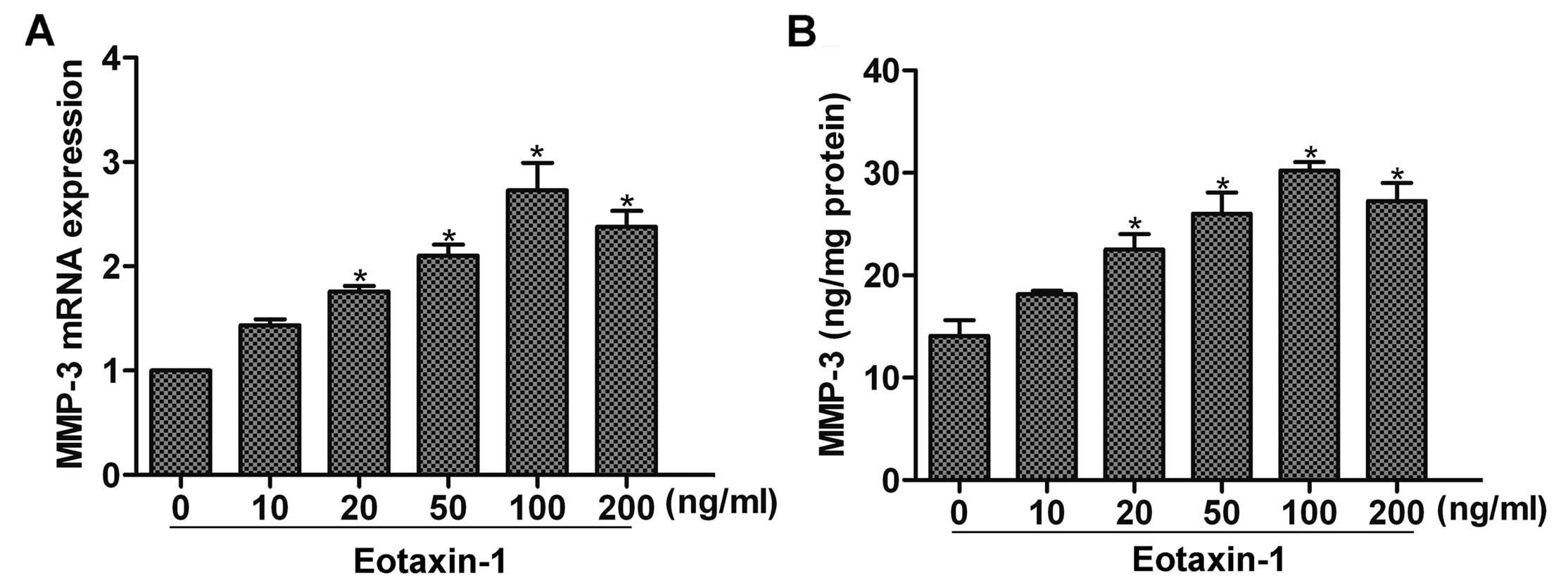
Eotaxin-1 promotes prostate cancer cell invasion via activation of the CCR3-ERK pathway and upregulation of MMP-3 expression
de
por adulto (o preço varia de acordo com o tamanho do grupo)


